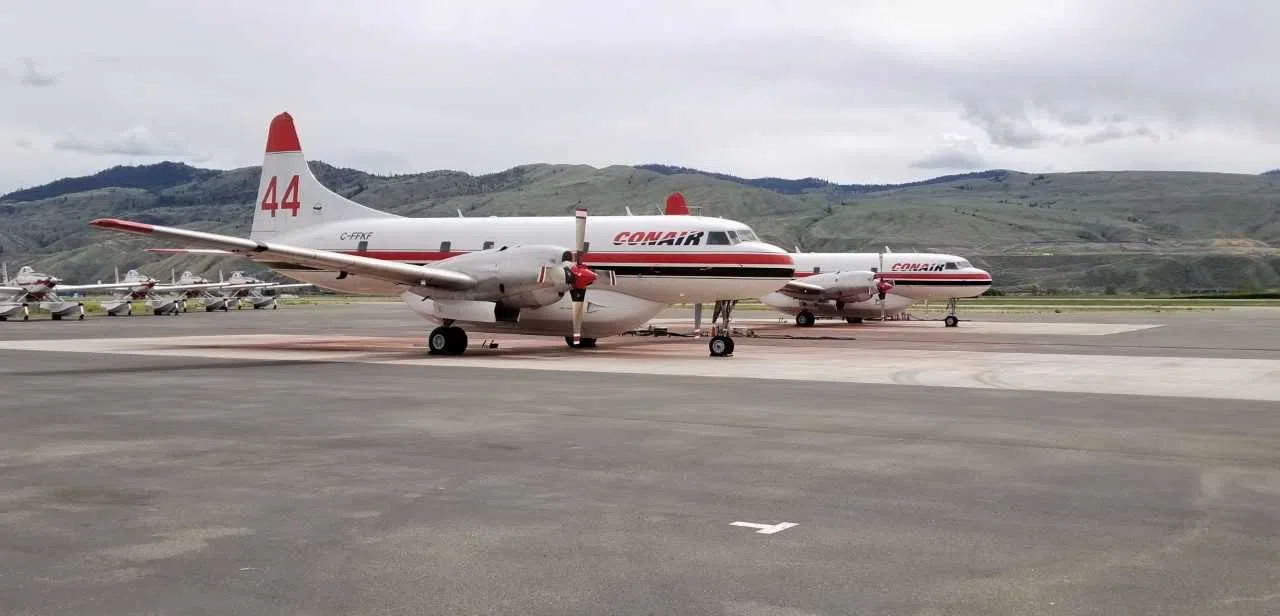
Provincial air tankers fight flames from the skies
KAMLOOPS — When wildfires rage out of control, an essential part of the fire fight comes from the sky. And with an early and active start to the wildfire season in this province, air tankers have already been called out on several missions. Flying into the flames, they lay down fire retardant, slowing the spread of a fire, and assisting ground firefighters who are working to battle Mother Nature. The air tankers have arrived at the Provincial Wildfire Coordination Centre in Kamloops, where they are ready at any given moment to take off, and battle unruly and unwanted fires.
The flames are often unpredictable, fast-spreading and difficult for ground crews to fight alone. So when wildfires rage out of control, and every second counts, it’s help from the skies that plays an integral part, in what can be a deadly fire fight.
“We fly out with the airplanes, they drop retardant around a fire and slow down its spread, that’s what’s buying the time for the ground crews to be able to get there,” says Michael Benson, superintendent of the Provincial Air Tanker Program.


